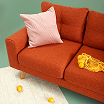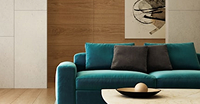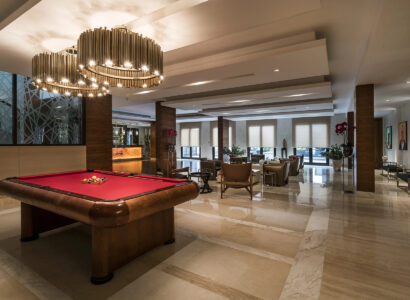
with Design
made Creative
Solutions For You
made Creative
made Creative
made Creative
Welcome to
Creative Today Interiors
Creative today Interiors LLC is an interior design and fitout company in dubai specialized in full interior design and in all kinds of fit out works for residential and commercial units. We are providing stunning and exceptional interior design services that include creative space planning, 3D rendering, detailed drawings, material selection, FF&E;, and project supervision for both residential and elegant commercial projects in the Middle East. With over 25 years of expereience. We are committed to serving comprehensive interior design and fit out works for homes, Corporate Offices, Public Sectors, Beverage and Hospitality, Educational Institutions and commercial space in the UAE.
Free Shipping
Enjoy free shipping on all orders
Affordable Prices
We offer competitive prices
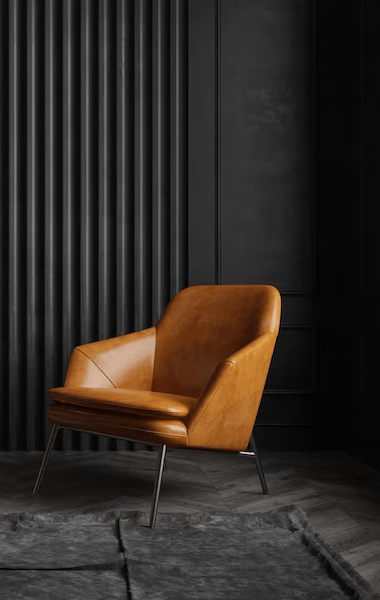
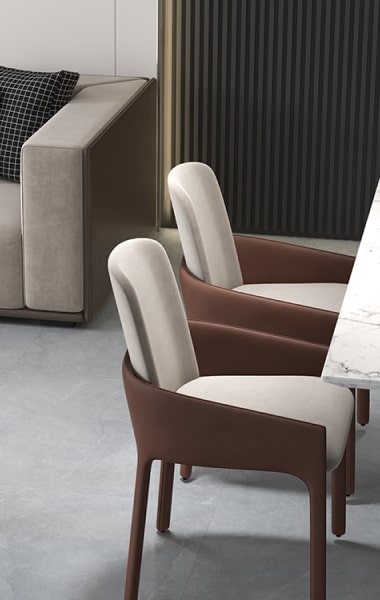
New Designs
"Good design is the only investment with a guaranteed return."
.
Best Projects Done

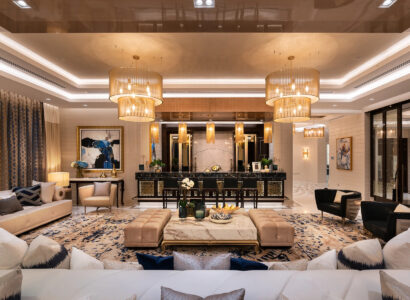
Villa Karan
STURDY AND STYLISH
Minimalist wooden tables blend simplicity
- Portable & lightweight
- Space saving
- Durable & stylish design
- Versatile use
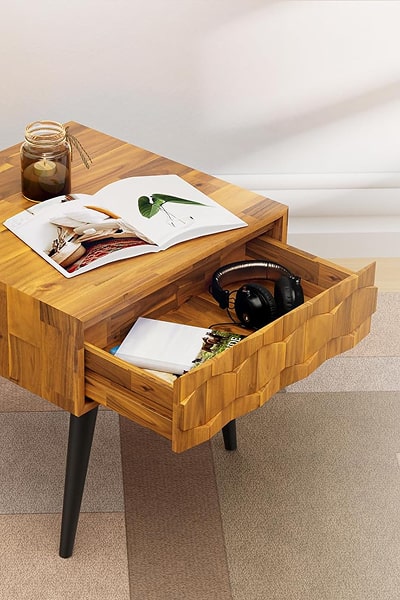
Special testimonials
What our customers say
4.9
Customer Reviews






